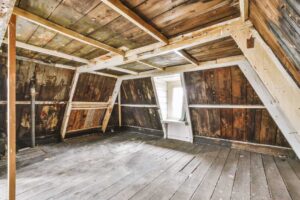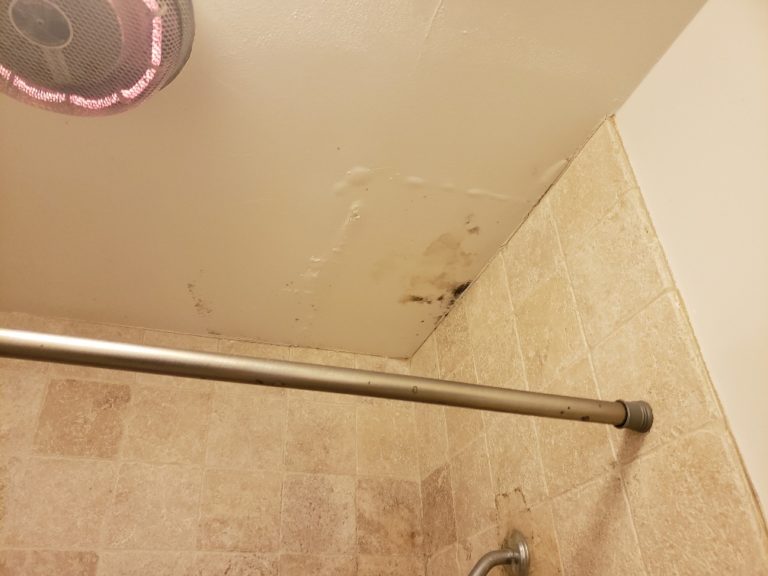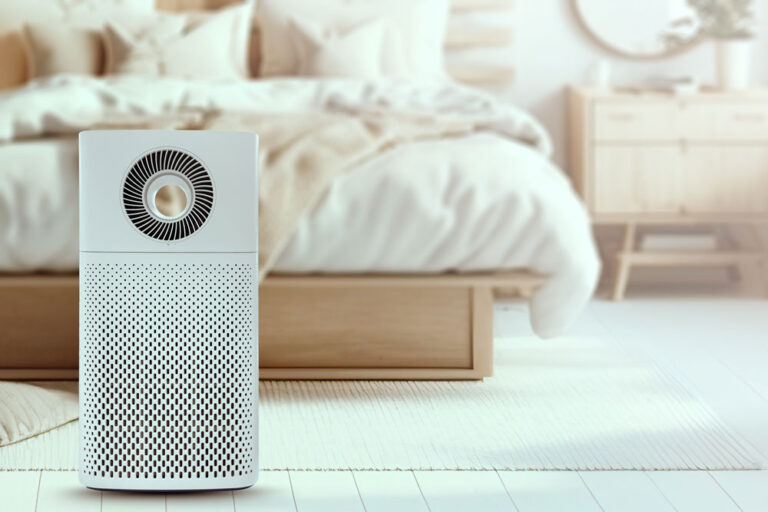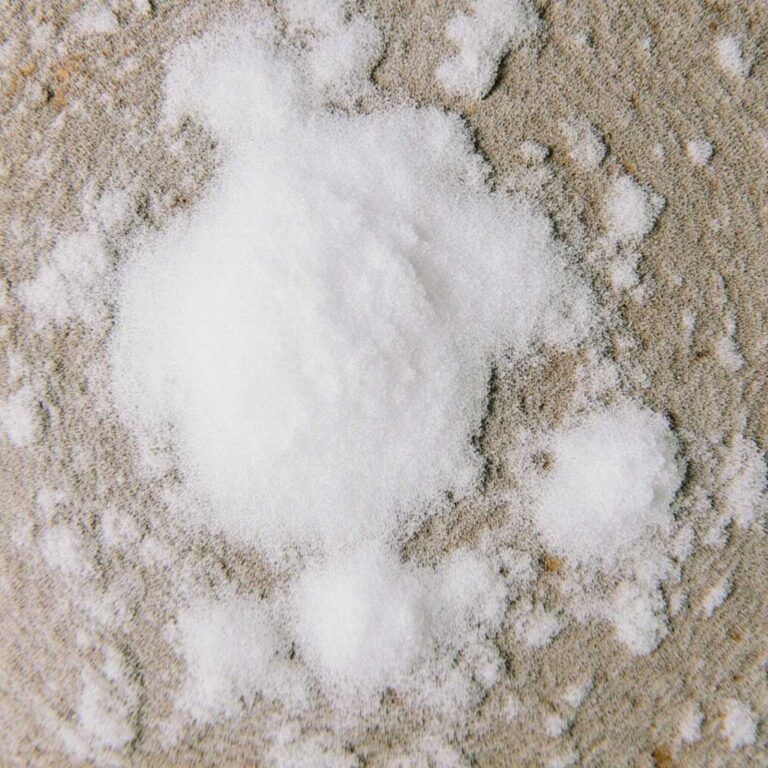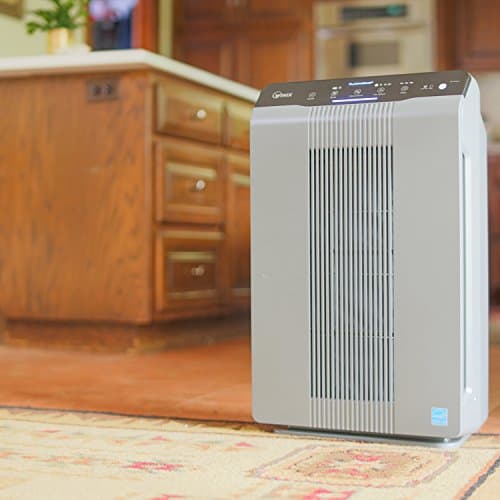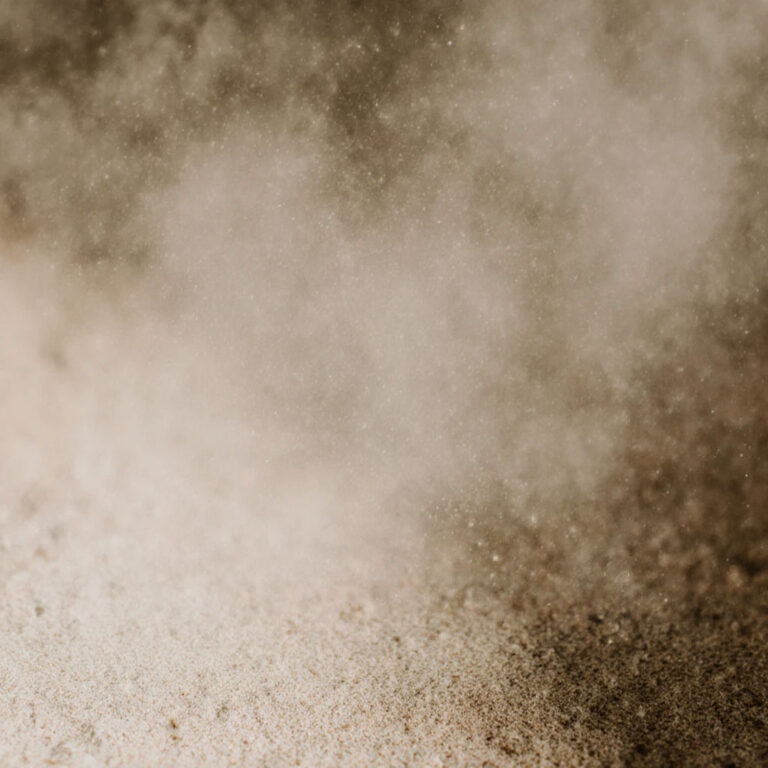You’ve finally arrived at your much-anticipated vacation destination after a long flight, bags in tow, ready to unwind and make memories. You check into your hotel, ready to settle into what should be a clean, comfortable room.
But then, you notice something strange: a musty smell in the air, a dark patch on the wall, or some odd stains around the windows or bathroom tiles.
Could it be mold?
Finding mold in a hotel room is more common than you might think. It’s an issue that can not only ruin your vacation vibe but also put your health at risk. Mold loves warm, humid environments, which means hotel rooms in tropical destinations, coastal areas, or anywhere that experiences high humidity levels or poor ventilation can be breeding grounds for mold.
We’ll walk you through everything you need to know about spotting mold in your hotel room, why it’s dangerous, how to detect it, and what steps to take if you find yourself in this unfortunate scenario.
What Does Mold in a Hotel Room Look Like?
Mold comes in different colors, textures, and forms. It can sometimes be easy to miss if you don’t know what you’re looking for. You may not even realize your room has mold until you start experiencing exposure symptoms.
Here’s what to keep an eye out for:
- Discoloration on Walls or Ceilings: Mold often appears as black, green, or brown spots. It can look like dirt or smudges on walls, ceilings, and even on the grout between tiles.
- Damp or Wet Patches: Mold thrives in moist environments, so any areas that appear damp or have suffered water damage may harbor mold.
- Peeling Paint or Wallpaper: If you notice bubbling, cracking, or peeling paint, this could indicate moisture issues behind the surface—often the perfect environment for mold growth.
- Unexplained Dark Patches: Mold can sometimes grow behind furniture, under carpets, or in other hidden areas. Pay attention to any strange dark spots that don’t seem normal.
Even if you don’t see visible mold, there could still be a problem lurking behind the walls or in the ventilation system. It’s important to pay attention to other indicators like odors or physical symptoms.

Is Mold in a Hotel Room Dangerous?
Mold isn’t just unpleasant to look at or smell—it can also be dangerous to your health. While some people may only experience mild allergic reactions, others can suffer from more serious health issues due to mold exposure, especially those with preexisting conditions like asthma, allergies, or compromised immune systems.
Here are some reasons why mold in a hotel room can be dangerous:
- Allergic Reactions: Mold spores are airborne, and inhaling them can trigger allergic reactions, including coughing, sneezing, itchy or watery eyes, and nasal congestion. Even if you don’t have a known mold allergy, extended exposure can cause you to develop symptoms.
- Asthma and Respiratory Problems: Mold can exacerbate asthma symptoms and lead to respiratory issues. If you already have asthma, staying in a moldy hotel room could lead to difficulty breathing or even trigger an asthma attack.
- Toxic Mold: Black mold produces mycotoxins, which can cause serious health problems, especially with long-term exposure. Symptoms may include chronic fatigue, nausea, neurological problems, and respiratory issues.
- Infections: Mold exposure can lead to more severe health complications, including respiratory infections. Children, elderly individuals, and people with chronic lung conditions are especially at risk.
What makes mold particularly dangerous in a hotel room is that you may not realize you’re being exposed until symptoms start to show. You’re also in an unfamiliar environment, so you may not immediately recognize the signs or know how to handle the situation.
How to Detect Mold in a Hotel Room
Detecting mold early can save you from a full-blown vacation disaster. Mold might not always be noticeable, so here’s a handy checklist to help you figure out if your room has an issue:
Smell the Room Upon Entry
When you first walk into the room, take a moment to breathe in. If you detect any musty, damp, or earthy smells, that’s a big red flag. Mold has a distinct odor and often smells like old, wet clothes or a damp basement. If you catch that scent, there’s a high chance mold is present.
Check the Bathroom
Mold loves warm, humid spaces, and the bathroom is often the most mold-prone area of any hotel room. Look closely at the shower tiles, grout, ceiling, and corners. Mold can appear as black or green spots, particularly around damp areas like the sink or shower head. Don’t forget to check the shower curtain as well.

Inspect Vents and Air Conditioning Units
Mold can accumulate in air conditioning units and vents, which can then spread mold spores throughout the room. Look at the vents for any discoloration or visible mold growth. If the airflow smells musty or damp, that’s a sign your HVAC system could be harboring mold.
Look Behind Furniture
Move the bed slightly away from the wall or check behind any large pieces of furniture. Mold can grow in hidden areas like these, especially if the room has poor ventilation or previous water damage.
Feel for Dampness
Run your hand over the walls or carpet to check for damp spots. Even if you don’t see visible mold, a damp environment is the perfect breeding ground for mold growth. Pay particular attention to areas near windows, air conditioners, or around the bed.
Pay Attention to Your Symptoms
If you or someone in your party starts experiencing allergic symptoms like sneezing, itchy eyes, headaches, or coughing, mold could be the culprit. Sometimes, the symptoms will appear before you see any visible mold, so your body could be the first indicator that something’s wrong.
What to Do If You Find Mold in Your Hotel Room
Discovering mold in your hotel room can be upsetting, but there are steps you can take to protect yourself and resolve the situation:
Notify Hotel Management Immediately
As soon as you detect mold, call or visit the front desk and inform them of the problem. Most hotels will take mold issues seriously because they know it can harm their reputation and lead to health problems for guests.
Request a Room Change
Don’t hesitate to ask for a new room if you find mold in your current one. Ideally, ask for a room on a different floor or in a different wing of the hotel, as the mold problem could be due to a more widespread issue like water damage in the building.
Document the Mold
Take pictures or videos of the mold in your room. This will help if you need to escalate the issue to higher management or request compensation. It’s also helpful for leaving reviews later to warn other travelers.
Monitor Your Symptoms
If you or anyone in your group starts feeling unwell due to mold exposure, take note of the symptoms. If they worsen, it may be necessary to seek medical attention.
Consider Leaving the Hotel
In severe cases, or if the hotel cannot accommodate your request for a mold-free room, consider finding another hotel entirely. Your health and comfort are worth prioritizing, even if it means the inconvenience of moving.
Wrapping Up
While finding mold in your hotel room is never pleasant, knowing how to spot the signs early and take action can help prevent it from ruining your vacation. Stay vigilant, trust your senses, and don’t hesitate to speak up if something doesn’t seem right. With a little awareness and preparation, you can avoid mold-related health risks and enjoy your getaway as planned.








